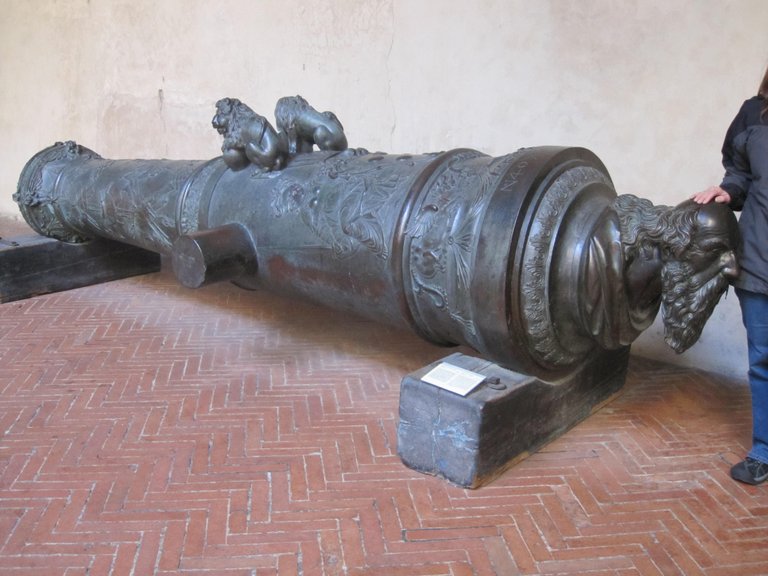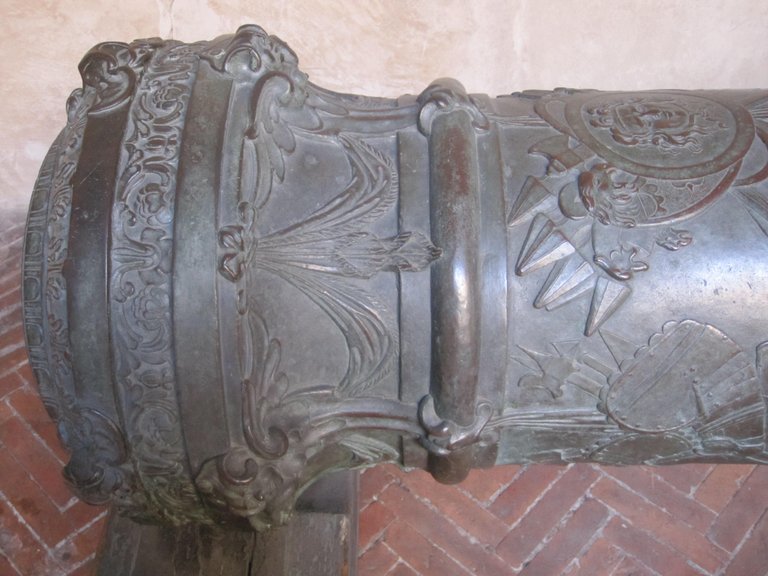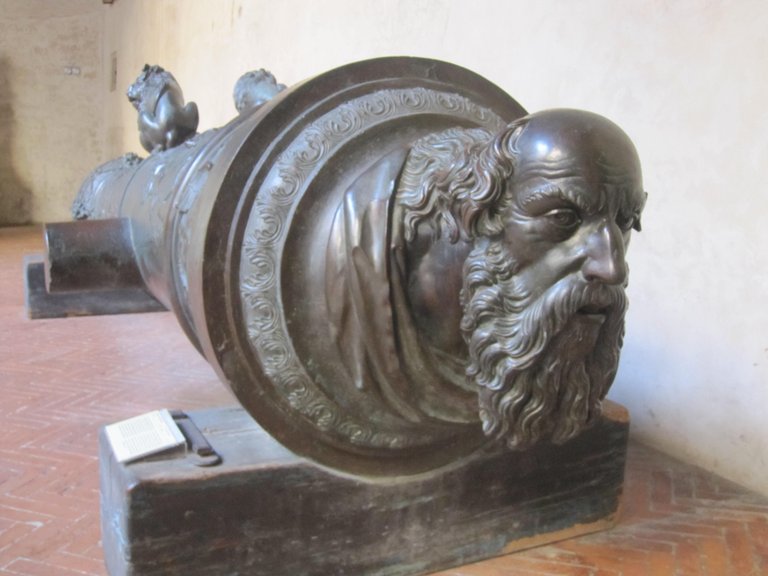The Art of War
The Chinese philosopher, Sun Tzu, is known to us in the West as the author of a classic manual on power politics and military strategy. His 5th century B.C. masterpiece is titled The Art of War.
Niccolo Machiavelli lived two millennia after Sun Tzu. Born in Florence during the Renaissance, he wrote a classic on politics titled The Prince. Lesser known is his classic on warfare titled, The Art of War.
I find the titles of these books oxymoronic. Art is life. War is death. Perhaps The Mastery of War would have been more accurate. Obviously these works are here to stay and my opinion of their titles isn’t going to change anything.
But what does a 5th century B.C. Chinese philosopher, and a Florentine polymath from the 16th century have to do with this post? Take a look at the photo below. That ornate cannon is dated to 1638. It is called St. Paul’s cannon and is housed in the Bargello Museum in Florence, Italy.
When I looked at this cannon in situ, the words “the art of war” came to my mind. I was familiar with the two books, but I had never really thought deeply about their titles combining two opposites. WWII alone destroyed thousands of historic buildings, and countless objects of art dating back centuries. It is a fact that war destroys art. In 1944 the American Army Air Corps bombed the historic hilltop abbey founded in 529 A.D. by St. Benedict. Monte Cassino was bombed to rubble, and for no good reason.
Alas, this 17th century cannon blows a hole through my reasoning (pun was not intended), because it was designed for war; it is a cannon after all. What was it about the baroque period that created an aesthetic to where everything, absolutely everything, had to be embellished, decorated, and made beautiful, even weapons? As a modern 21st century pragmatist it seems an utter waste of time, effort, and skill, to cast such a beautiful and ornate bronze cannon. But was it really? It now sits in the Bargello Museum. It’s creator, Cosimo Cenni, knew he was creating something beautiful and permanent. And so he did. And what Sun Tzu and Machiavelli tried to accomplish in their writing, Cosimo Cenni accomplished in bronze. He created something that truly embodied the Art of War.
photographs taken by author



I enjoy your posts my bro. Very nice one again here. Keep it coming.
Great post and great books. I own two of the three books and plan on getting the last.